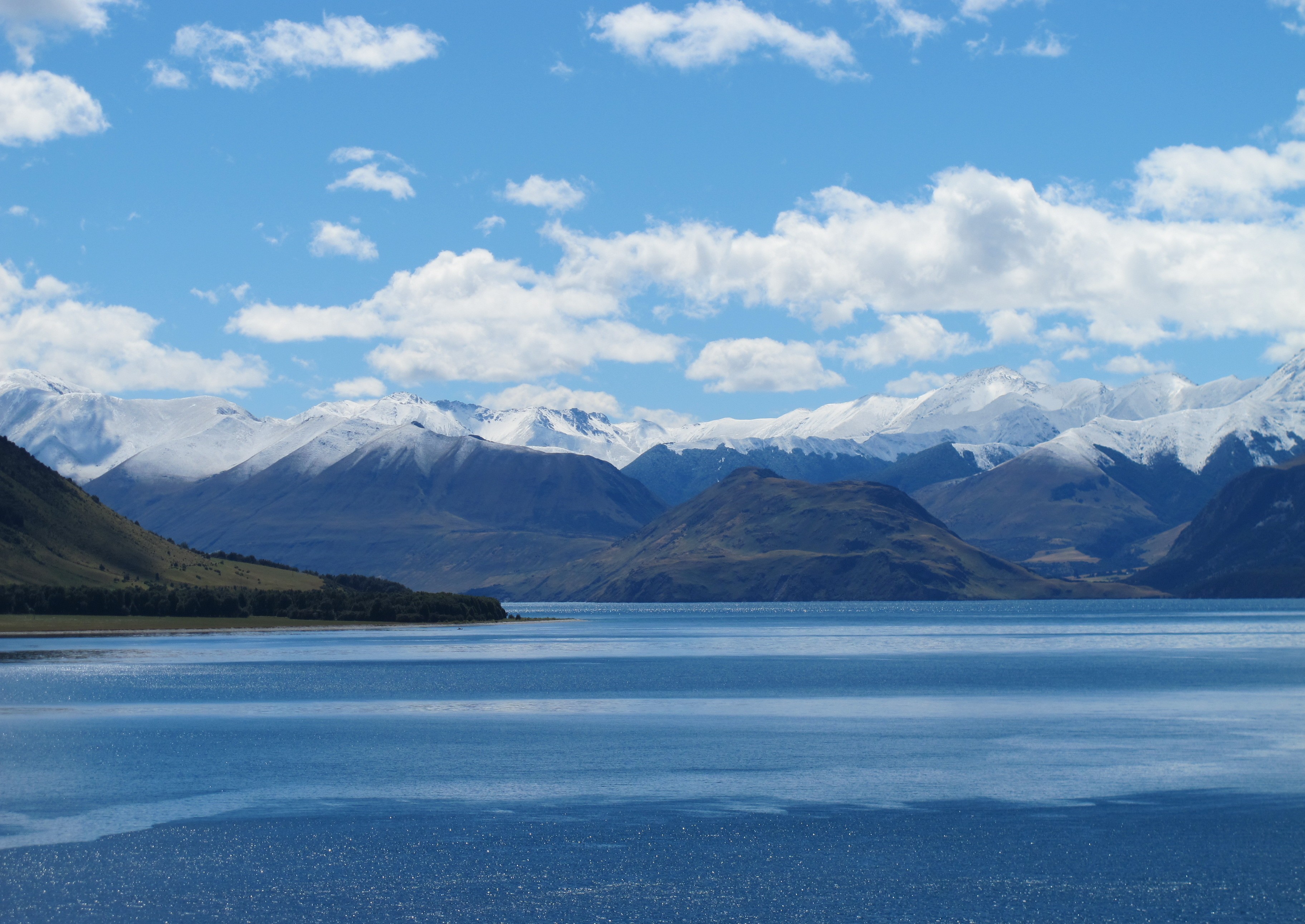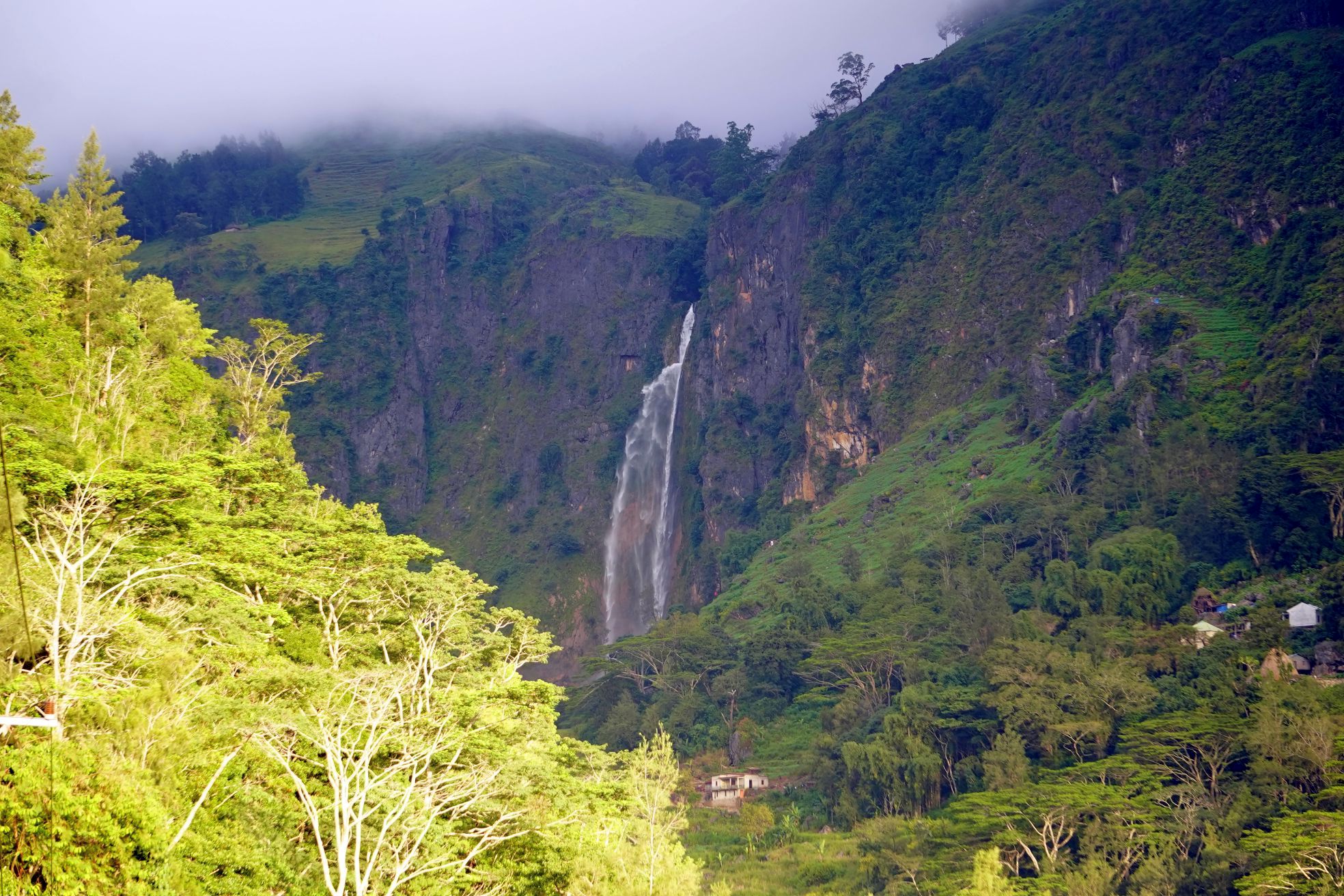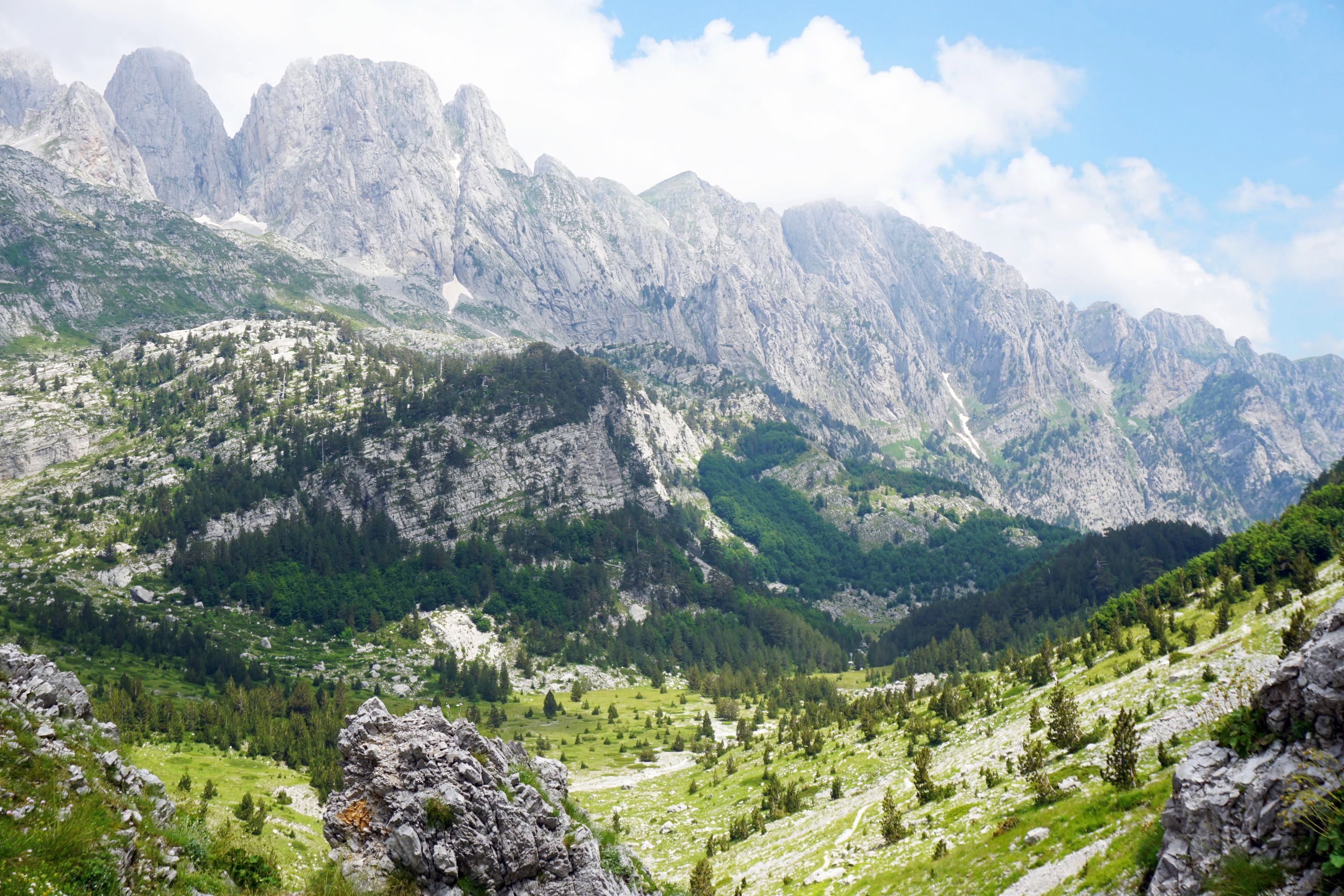Two of the most beautiful places on earth, home to snow capped mountains (the Andes and Southern Alps), lakes of every shade of blue, epic and easily accessible glaciers, and some fantastic walks. Having spent a few weeks exploring Patagonia (Torres del Paine in Chile, and El Chalten, El Calefate and the Argentinian part of Tierra del Fuego) the obvious comparison for me is with the South Island of New Zealand (in particular the West Coast, Fjordland, Nelson and Mt Cook regions), in terms of the landscape and as places to visit, primarily for walking.
For reference the pictures alternate equally throughout this post between New Zealand and Patagonia, pretty similar!
Getting there
The infrastructure for both has developed hugely over the past decade or so, primarily for tourism, with new or expanded airports in El Calefate, Ushuaia, and Queenstown. There are unpaved main roads in Patagonia, but these are reducing, and the long haul buses are generally modern and comfortable. Patagonia is complicated by being split between two countries so expect time consuming travel across the borders, and the distances involved are further so expect more of your trip to be spent travelling. However travelling from Europe or the US there is less time difference to adjust to, 3-4 hours from Europe to Patagonia compared with ~12 hours for New Zealand. Speaking Spanish will help hugely in Patagonia, and do expect a slightly more flexible approach to timetables than New Zealand.
Main hubs
In Patagonia the two main walking spots are El Chalten in Argentina and Torres del Paine in Chile, with El Calefate the main glacier hub. The New Zealand equivalents are Te Anau, Queenstown and Nelson, and Fox and Franz Josef Glaciers.
Scenery
I thought Patagonia would look a lot like New Zealand, and so it turned out to be. Spot the difference…


 There are some notable differences though.
There are some notable differences though.
Forests – Though both have large amounts of beech trees New Zealand bush is super dense, I’ve never seen forest like it outside of tropical rain forest. Patagonian forest is more European in terms of the spacing between trees. Personally I think New Zealand bush is more interesting and varied, and it certainly makes it harder to get lost as anything but the path is usually impenetrable.




Mountains – New Zealand has some pretty impressive mountains, but nothing to match the shape of Patagonia’s granite outcrops, particularly in Torres del Paine.
Wildlife – New Zealand has almost no native mammals and there have been huge efforts taken to eradicate introduced species like possum, mice and stoat, so almost every track has pest traps along it. There is birdlife but not huge amounts, though if you’re lucky you’ll get to see native pigeons, fantails, and the Kea, a super smart alpine parrot. El Chalten had relatively more, with seemingly less easily scared birdlife including colourful woodpeckers, and El Calefate had flamingos in the lagoons. In Torres del Paine are guanaco, red foxes and puma, though also less welcome are the horses and the mess they leave on the track.
Weather
Both are famous for four seasons in one day, from super strong sunshine to torrential rain in a short space of time, but Patagonia was markably more extreme. Ambient temperatures in Patagonia are also noticeably lower, by at least 10C, making camping a chilly experience.
Walks
Both offer some of the best walks in the world, from the famous W in Chile’s Torres del Paine to New Zealand’s Great Walks for multi-day experiences, and brilliant day walks in El Chalten and the Queenstown, Arrowtown and Wanaka areas. However the condition of the tracks in Patagonia were poor in comparison with New Zealand, with poorly maintained / absent signage, little surface grading, few bridges and an almost complete absence of steps or boardwalks. These make the tracks more difficult to walk, but also result in far more erosion and damage to the environment. For example the Cerro Guanaco Track in Tierra del Fuego National Park crosses a sizeable bog, an environmental sensitive area, but poor signage and zero boardwalks result in people tramping over the entire area. The equivalent in New Zealand would be properly protected and marked, even without having to pay a fee to enter the park in the first place.
Glaciers
Patagonia wins hands down here, in terms of the quality, quantity and accessibility of glaciers. Perito Moreno Glacier is an absolute monster, unlike anything else I’ve seen, while seemingly every walk in El Chalten or Torres del Paine included seeing multiple glaciers. Fox and Franz Josef glaciers are surrounded by forest which is unusual and impressive, but since 2015 it hasn’t been possible to walk on either without a helicopter flight, thanks to climate change.
Popularity
Both are increasingly popular places to visit, but judging by Christmas / New Year trips to Patagonia and Fjordland / Nelson they seemed equally busy in terms of the number of people on the tracks. The visitor stats however suggest that Patagonia is more popular, or at least areas of it, with 150,000 visitors to Torres del Paine each year compared with 80,000 people doing at least one of the nine Great Walks in New Zealand.
Food
If you love meat, pasta and pizza then Patagonia is the place for you. If you like to even occasionally eat something else, or have more than a token amount of vegetables with your meal, then you’ll be out of luck. Eating out in Argentina was a highly variable experience, less between restaurants and more between menu choices, with as many bad as good meals had. New Zealand, particularly in Queenstown or Nelson, offers far more variety and far more consistency. It is also much better stocked with food for walking, with readily available dehydrated meals, decent sandwiches (retaining their crusts!), and fruit (helped by it being grown locally rather than having to travel 3,000km).
Accommodation
The classic New Zealand multi-day walking experience is to stay in huts, which for a low cost offer shelter and warmth. In Patagonia (and to be honest most other places in the world) I didn’t see any real equivalents, it was either camping or upmarket lodges (both also options on New Zealand walks). The camp grounds in Torres del Paines seemed particularly space constrained, and as with almost everywhere in Patagonia plumbing seemed to be an issue. They did have showers though, which is something New Zealand huts lack. In the hubs themselves New Zealand though has the advantage of contiguous pavements, and no wild dogs roaming the streets.

 Summary
Summary
Patagonia has the edge on glaciers, wildlife, and mountains, while New Zealand beats it on food, accommodation and infrastructure. If you live in New Zealand it is certainly less compelling to visit Patagonia, due to the similarity of scenery, better infrastructure, travel time and cost, and time difference. It’s a closer call for those living in the US or Europe, with Patagonia offering arguably better sights, but with more time and effort required to visit them. New Zealand is brilliantly set up for travellers, Patagonia is getting better all the time but I suspect will never be as easy to visit. You can’t go wrong with either though in terms of enjoying nature at it’s most spectacular.


























Leave a Reply